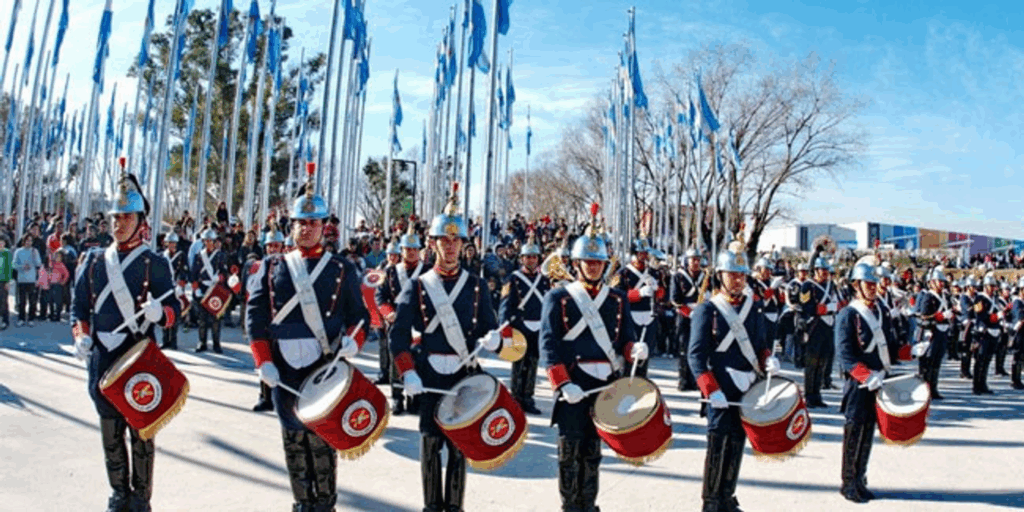Six years after the creation of the first Argentine government on 25 May 1810, delegates from the United Provinces of South America declared themselves independent from Spain on 9 July 1816.
The delegates gathered at a family home in Tucumán. The home remains and has been turned into a museum known as the Casa Histórica de la Independencia.
Argentina takes its name from a legend that the country contained silver mountains. ‘Argentum’ is the Latin for silver.
After European explorers arrived in the region in the early part of the sixteenth century, Spain quickly established a permanent colony on the site of modern-day Buenos Aires in 1580.
During the early part of its history, Argentina was largely a country of Spanish immigrants and their descendants (known as creoles). The population was split between those who lived in Buenos Aires and other cities, with others living on the pampas as gauchos.
Descendants of African slaves were also present in significant numbers. The Indigenous peoples of the region inhabited much of the rest of Argentina.
In 1806 and 1807 the British Empire launched two invasions of Buenos Aires but were repelled on both occasions by the Creole population. This ability to lead a military campaign against foreign forces bolstered the idea that they could win a war for independence.
On 28 May 1810, when rumors about the overthrow of King Ferdinand VII by Napoleon proved to be true, the citizens of Buenos Aires took advantage of the situation and created their First Government Junta.
The defeat of Napoleon at Waterloo in 1816 then led to the opportunity for the provinces to unite and declare independence.
The Avenida 9 de Julio – or July 9 Avenue – located in Buenos Aires is the widest street in the world. The street has a total of twelve lanes, or six on each side.
